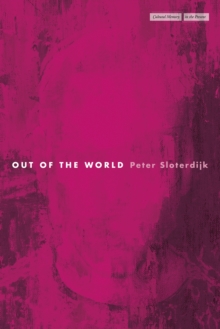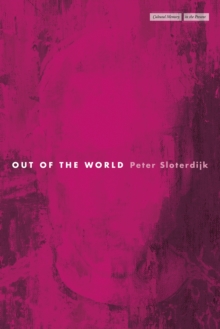
The Antechamber : Toward a History of Waiting Hardback
by Helmut Puff
Part of the Cultural Memory in the Present series
Hardback
Description
Helmut Puff invites readers to visit societies and spaces of the past through the lens of a particular temporal modality: waiting.
From literature, memoirs, manuals, chronicles, visuals, and other documents, Puff presents a history of waiting anchored in antechambers—interior rooms designated and designed for people to linger. In early modern continental Western Europe, antechambers became standard in the residences of the elites.
As a time-space infrastructure these rooms shaped encounters between unequals.
By imposing spatial distance and temporal delays, antechambers constituted authority, rank, and power.
Puff explores both the logic and the experience of waiting in such formative spaces, showing that time divides as much as it unites, and that far from what people have said about early moderns, they approached living in time with apprehensiveness.
Unlike how contemporary society primarily views the temporal dimension, to early modern Europeans time was not an objective force external to the self but something that was tied to acting in time.
Divided only by walls and doors, waiters sought out occasions to improve their lot.
At other times, they disrupted the scripts accorded them.
Situated at the intersection of history, literature, and the history of art and architecture, this wide-ranging study demonstrates that waiting has a history that has much to tell us about social and power relations in the past and present.
Information
-
Available to Order - This title is available to order, with delivery expected within 2 weeks
- Format:Hardback
- Pages:262 pages
- Publisher:Stanford University Press
- Publication Date:31/10/2023
- Category:
- ISBN:9781503635418
Other Formats
- Paperback / softback from £21.45
Information
-
Available to Order - This title is available to order, with delivery expected within 2 weeks
- Format:Hardback
- Pages:262 pages
- Publisher:Stanford University Press
- Publication Date:31/10/2023
- Category:
- ISBN:9781503635418










